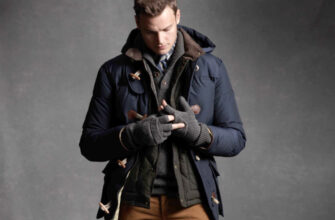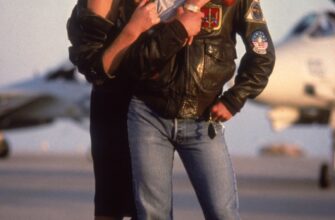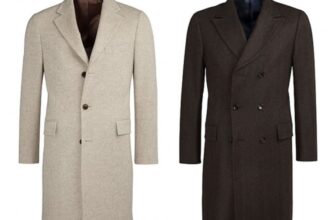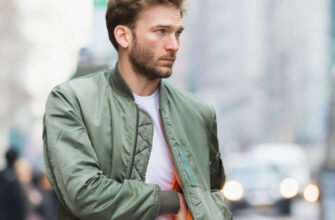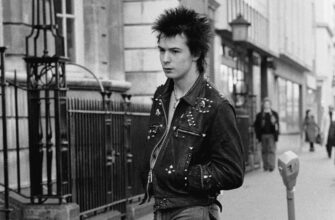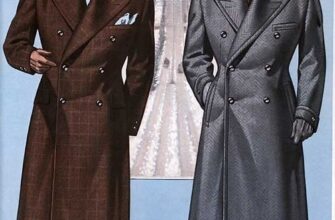Autumn has come. Despite the optimistic forecasts of the Hydrometeorological Center, rains and cold winds will certainly come to the city. To protect against chilly weather, one of the best solutions, I would call a classic coat. It will protect you from dampness, wind and cold. In addition, you will have to wear a hat with a scarf. However, there is one unique coat that has a classic cut and a hood at the same time. Today we will talk about the English Duffle coat (duffle coat), which is increasingly appearing on the streets of our cities.
Today, there is a huge variety of duffle cat species. They differ in style, length, decorative elements, fabric quality and, of course, color. They all look great and you will surely be interested to know the origin of the duffle coat. How did it get its distinctive hood and large walrus tusk buttons? Why do the British love him so much? It is noteworthy that the duffle coat remains the only classic coat in a man's wardrobe that has a hood.
The history of the duffle coat
It is worth starting with the Belgian origin of the term 'duffle'. The most common myth about the origin of the duffle coat is that the coat is Belgian. Duffel, in the province of Antwerp, was known as the 'city of fabrics' in the 15th century. He was an exporter of fabrics for the whole of Europe, including supplying 'duffle' fabric, which was made from coarse black wool. The coat was named after her. However, the duffle coat itself was never made in Duffel, nor was it made from genuine wool duffle fabric.
The origin of the duffle coat is the Polish frock coat. It was first made in 1820 and gained considerable popularity in Europe in the 1850s. Just like the modern Duffle coat, it had a hood and a horizontal row of buttons. Some time later, around the end of the 19th century, a British tailor named John Partridge sewed the first examples of the Duffle coat from a dense woolen fabric. Buyers liked the coat, and it began to gain popularity every year.
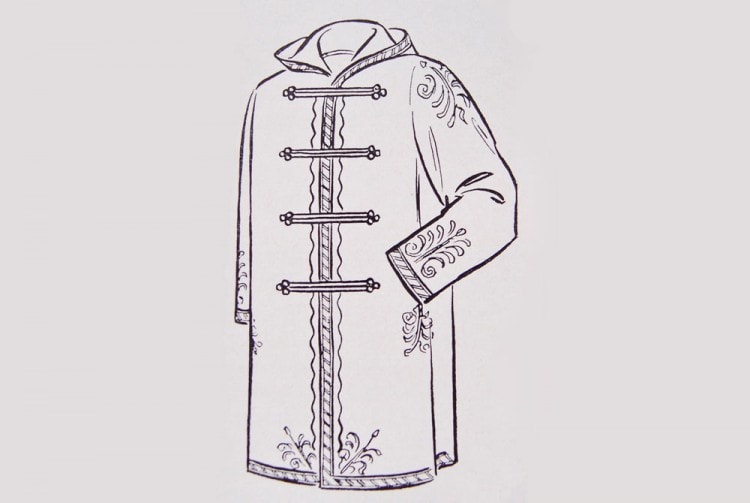 Polish frock coat circa 1850 – predecessor of Duffle coat with horizontal row of buttons and hood
Polish frock coat circa 1850 – predecessor of Duffle coat with horizontal row of buttons and hood
The appearance of the Duffle coat coat of those times was very far from today. However, even then there were characteristic wooden buttons. The coat was short, with a very loose cut. Overall, the coat looked like an old biker jacket.
A few years later, the Royal Navy came up with a hardwearing suitable coat for sailors. So the duffle coat became part of the ammunition of the British fleet, which is successfully used to this day.
The peak of popularity of duffle coat
Duffle coat reached its peak in popularity in the 50s – 60s of the XX century for several reasons. First of all, British Field Marshal Bernard Montgomery, who loved to appear in public in a duffle coat, helped popularize the coat during World War II. That is why duffle coat in Great Britain is also called 'montic'. A wax figure of Montgomery wearing a Duffle coat was even created.
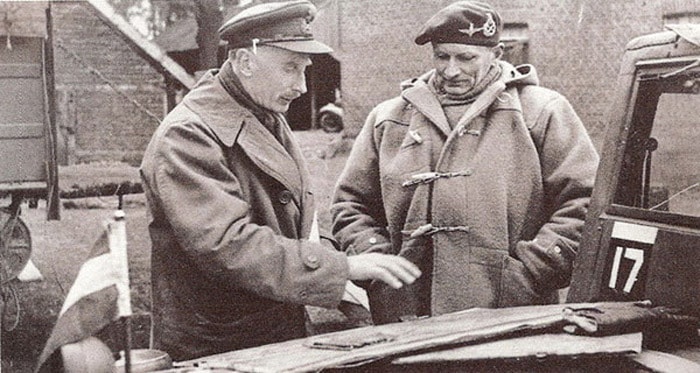 Generals Babelz Baker and Monty in huge duffle coats
Generals Babelz Baker and Monty in huge duffle coats
After World War II, the military sold surplus Duffle Coats to the general public, including artists, students, and intellectuals. Jean Cocteau is a French writer, poet, artist and playwright who made his own version of the coat in white. As a consequence, mothers in Europe began to dress their children in them. And the Dutch men's fashion magazine SIR published an article entitled “Montik Forever.”
Farid Chenone, author of Men's Fashion History, claims that the duffle coat was often worn with sweaters and scarves. And also with corduroy trousers, which can be seen in numerous photographs. But the duffle coat could also be worn with almost any outfit, classic suits and even tuxedos!
Today on the streets of Europe, duffle coats are a frequent occurrence, although these models are often fashionable interpretations, far from the original.
Details and characteristics of duffle coat
Since the 20th century, a duffle coat has usually been made from heavy, coarse wool. The coat has a loose fit and has a hood. There are patch pockets on duffle fabrics, fasteners are made of textile cord, and instead of buttons, wooden or bone 'fangs'. It is worth considering every detail of a duffle coat coat in detail.
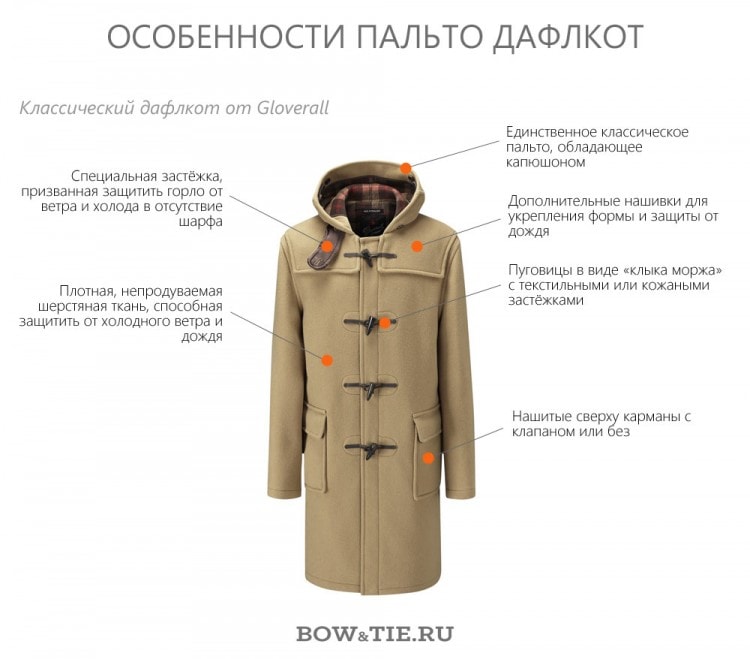 Features of a duffle coat
Features of a duffle coat
Fit coat duffle coat
The first models of the duffle coat looked ridiculous and rough. If you look at old photographs of sailors from England, you can see how huge the duffle cats were. Especially short sailors looked lost in such huge clothes.
At the time of the appearance of the duffle coat, the crew of the ships needed to move around the rigging of the entire ship, they had to climb and jump in a coat, respectively, a free cut was a necessity. On the other hand, a cold wind with rain constantly blows on the sea and it was necessary to keep the body warm. Agree, it is difficult to do in a loose coat. Therefore, some sailors tied a duffle coat around themselves with a rope, making a kind of belt. In addition, a lace was attached to the hood so that it would not fall off in the wind.
Based on the experience of sailors, the Admiralty came up with some constructive changes in duffle coats. They became tighter to the body and began to have a more strict form-fitting style. Additional patches were made on the shoulders to secure the uniform and protect from the rain. In general, the duffle coat began to resemble modern models.

As for the length of the coat, the original duffle coat was rather short. During World War II, the length increased to or below the knee. The standard models of the war times reached 1.88 meters!
What fabric is a duffle coat made of
As mentioned above, the duffle coat gets its name, albeit indirectly, from the Belgian city of Duffel, as well as the rough and heavy woolen fabric produced there. It is worth noting that by analogy with a coat, they received the same name 'duffle bags' or 'duffle bags'.
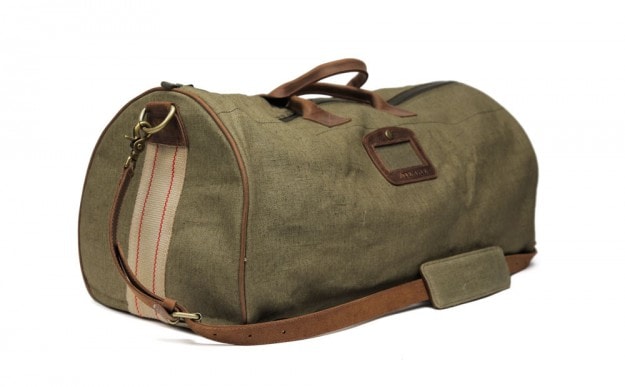 Duffle bag or dufflebag
Duffle bag or dufflebag
The duffle coat has never been made from the original black duffle fabric. Instead, an analogue was used: a heavy (1050 grams per meter) woolen cloth with a fleece similar to a twill twill weave. Actually, such a fabric began to be called 'duffle'. The original color for the military duffle coat was camel. In the early 20th century, khaki and dark brown were used. The blue color appeared only in the thirties of the XX century. In the 50s, dark blue became popular. Today, you can find coats in any color, including red, green, olive, gray, yellow, white, and more.
In 1950, Englishman Harold Morris and his wife Frida, who had their own production of workwear for workers, bought the surplus fabric from the British Navy along with ready-made duffle coats. They planned to sell the products as soon as possible, since the demand, in the post-war period, was very good for a coat of this kind.
After a while, the demand for workwear dropped. Harold and Frida's enterprise was retrained to manufacture fashionable clothing for men and women. At this time, the Gloverall brand appeared, which is considered one of the best in the production of English duffle coats. Instead of coarse wool, Gloverall steel used a fabric called Loden. This is an excellent fabric for outerwear, as it is made of felted wool (analogue of felt) and has water-repellent properties.
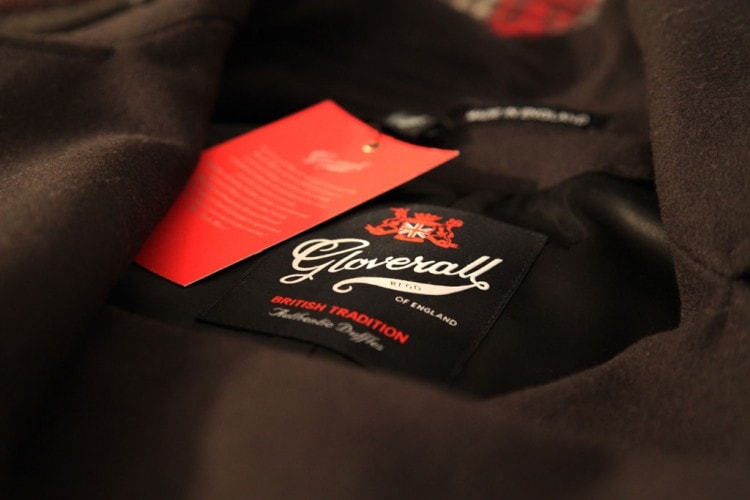 Gloverall is one of the best English duffle coat manufacturers
Gloverall is one of the best English duffle coat manufacturers
With increasing popularity in the 50s and 60s, duffle coats began to be sewn from a wide variety of fabrics. At that time, synthetic fabrics were a rarity, so duffle coats were sewn from camel wool, tweed and even gabardine.
Fang buttons and textile cord napalto
Oblong wooden or bone buttons are the most distinguishing feature of the Duffle coat from all others. Originally a cord made of textile fiber, it was used in combination with wooden buttons. Gloverall replaced them with more refined fangs in 1954. Most buttons today are made of plastic. Traditionally for the Royal Navy of Great Britain, 3 buttons with a lace were made; later a fourth button was added.
 Leather cord and button walrus tusk
Leather cord and button walrus tusk  Duffle coat in red combined with muted blue
Duffle coat in red combined with muted blue
If you decide to buy a duffle coat in a bright color such as red or yellow, try to simplify the rest of your outfit, as you will already look stylish and bold. In general, you can experiment, ranging from a classic suit to a knitted reindeer sweater.
Duffle coat photo
 Burgundy duffle coat paired with brown pants and leather dress boots
Burgundy duffle coat paired with brown pants and leather dress boots  Gloverall duffle coat paired with beige chinos
Gloverall duffle coat paired with beige chinos  Duffle coat paired with burgundy jeans and knitted sweaters
Duffle coat paired with burgundy jeans and knitted sweaters 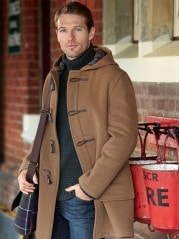 Camel duffle coat paired with a knitted sweater and jeans
Camel duffle coat paired with a knitted sweater and jeans  Navy coat duffle coat combined with dark gray jeans
Navy coat duffle coat combined with dark gray jeans 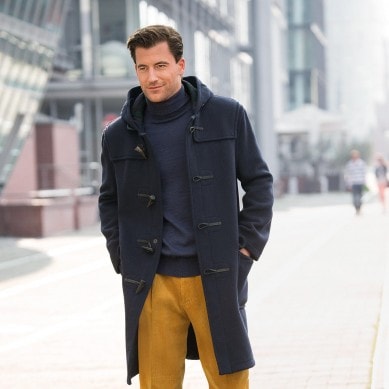 Navy duffle coat paired with corduroy yellow pants and a knitted blue sweater
Navy duffle coat paired with corduroy yellow pants and a knitted blue sweater
Finally
An English duffle coat coat is one of the best solutions for a versatile man's wardrobe. It is suitable for both casual style and formal dress code in autumn and winter. In the fierce winter, of course, you will have to wear something warmer, but up to -10 degrees Celsius, a duffle coat will be quite applicable. It is worth noting that the coat allows you to experiment with color combinations in clothes, since a duffle coat is often worn by people with a non-trivial style: artists, writers, stylists and other creative personalities. In addition, a duffle coat is suitable for both a student and an older man. For all age categories, the coat will look great.
As always, your comments are welcome. Good luck!


